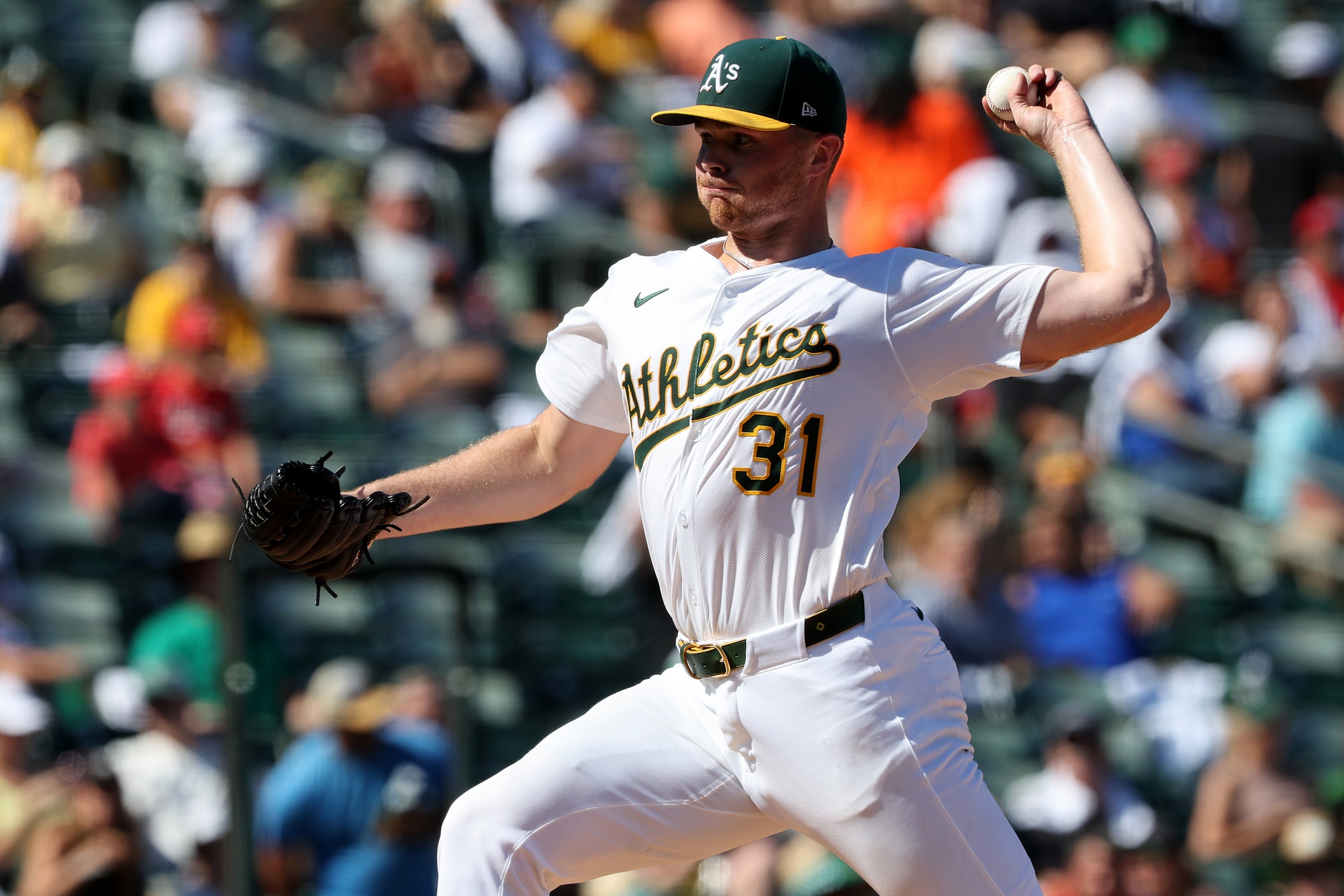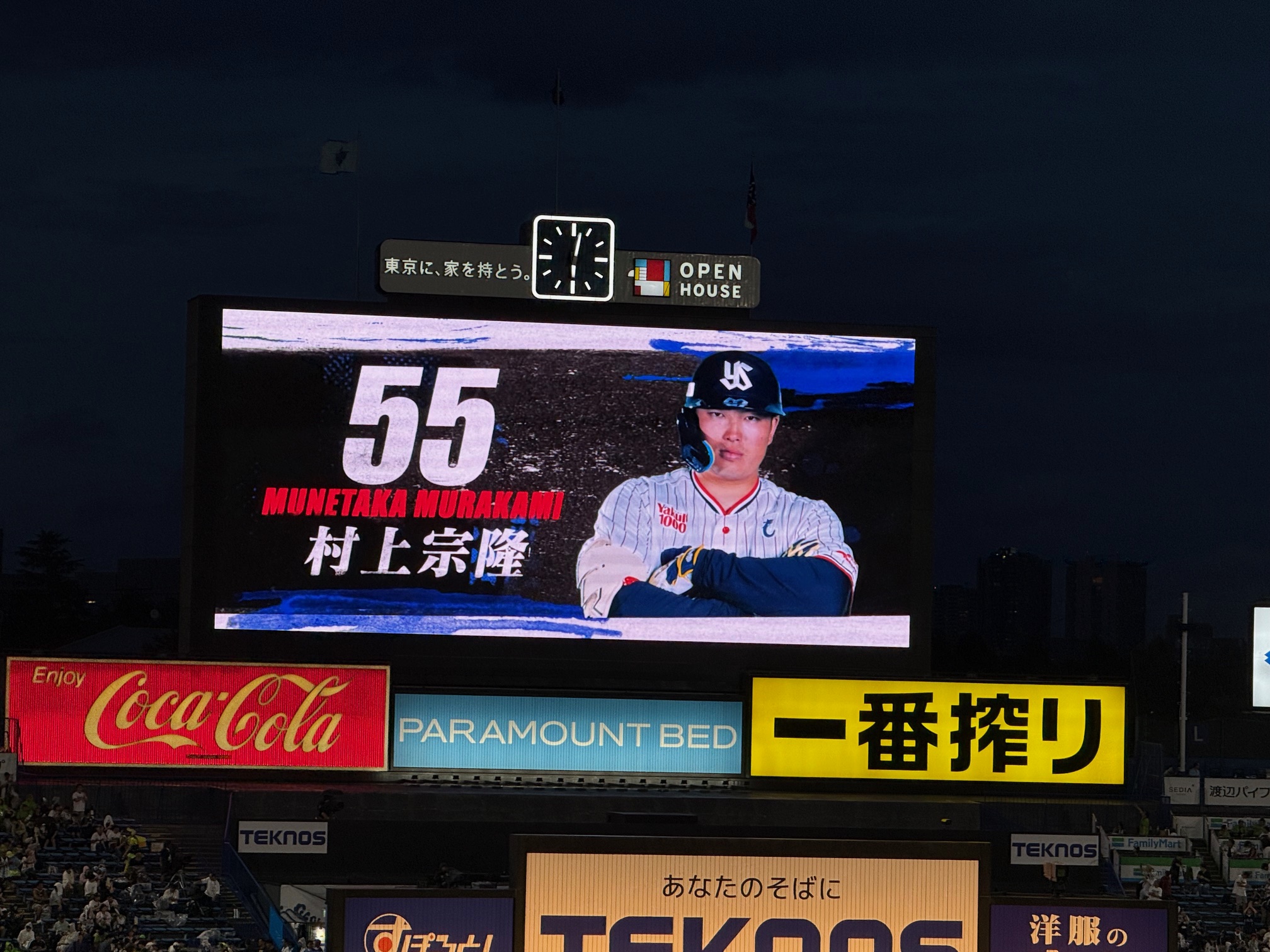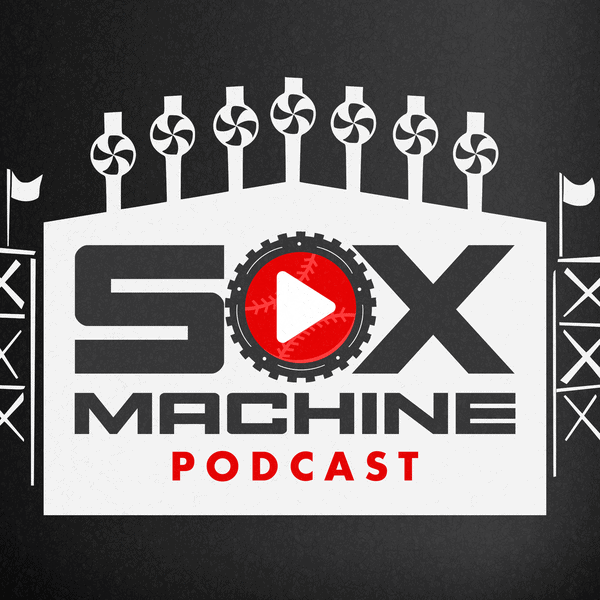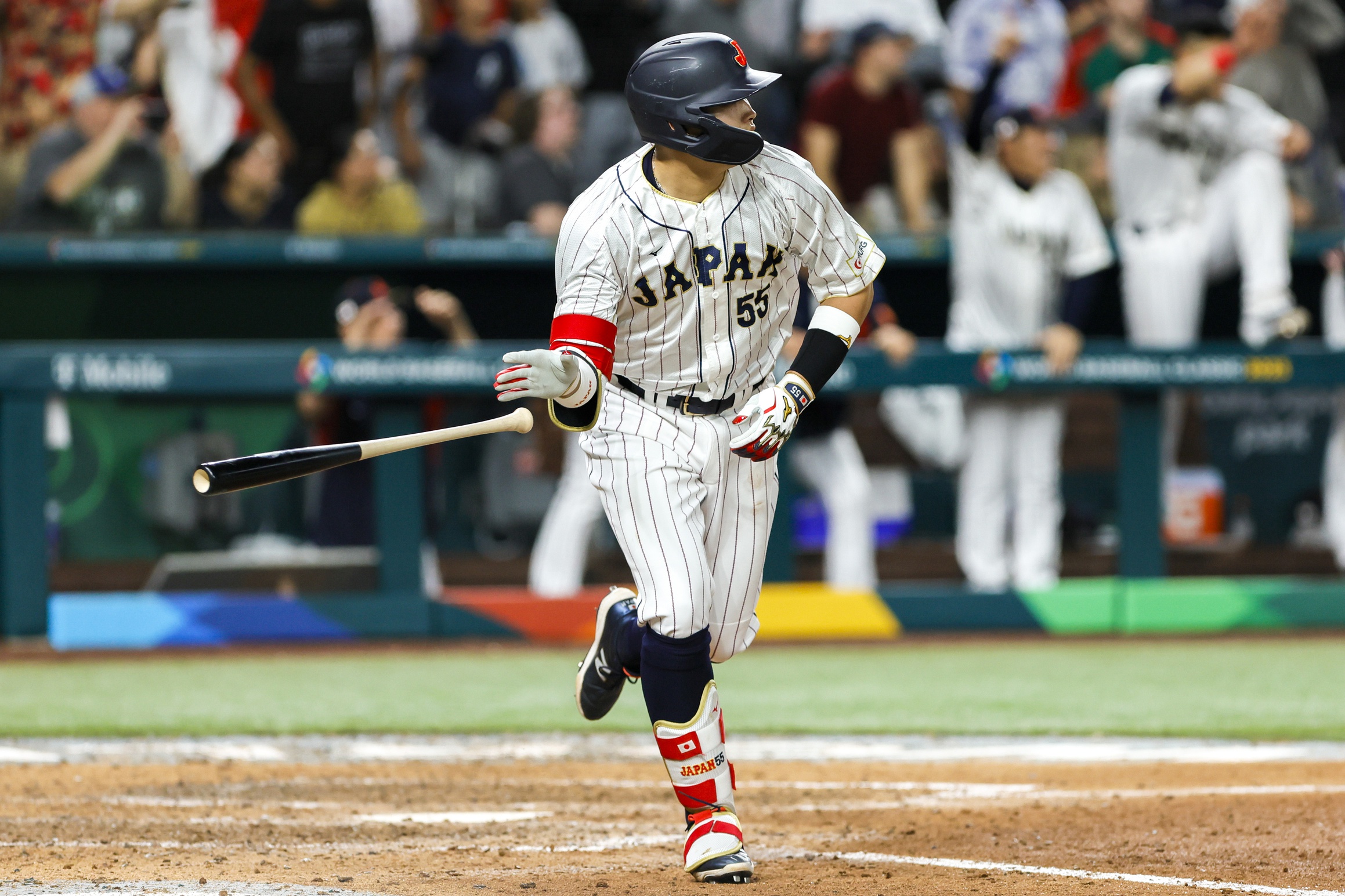The White Sox minor league leaderboard isn't the first place to look for the most comprehensive summary of the year on the farm, if only because a lot of the players who would've been good bets to lead certain categories were promoted to the majors over the course of the season.
What the leaderboard does offer is a sense of the talent that emerged to fill vacuums that were left by more prominent prospects, whether they stuck in the majors, got injured, or otherwise failed to stake a claim to a role. It also provides a head start in rounding up the players who might be worth considering for rankings the next time around, since most of the guys who did enough to qualify for minor league honors, even in an unofficial capacity such as this one, didn't lose their rookie status.
Plate appearances
- William Bergolla, 551
- Jacob Gonzalez, 539
- Jeral Perez, 537
Bergolla spent just about the entire season hitting first or second, and then added to his org-leading total by going 12-for-23 over 29 plate appearances over Birmingham's six postseason games. Sam Antonacci finished fourth with 519 plate apearances over 116 games, so he could have surpassed Bergolla had he not missed time with a broken finger, but the best ability is availability.
Doubles
- Braden Montgomery, 34
- Corey Julks, 30Caleb Bonemer, 30
Montgomery only had 21 doubles through his first 87 games, but then he was promoted to Birmingham, where the Southern League limited just about all of his best contact to two bases. Thirteen of his 15 extra-base hits with the Barons were doubles, including a stretch where he had 12 of them in 14 games.
Homers
- Tim Elko, 26
- Jeral Perez, 22
- Andre Lipcius, 18
Elko reached 30 homers on the season when you count the four he hit in 23 games with the White Sox. I'm not sure there is the sort of opportunity for steady Mike Hessman-like living crushing Triple-A pitching in the era of reduced organizational roster limits, but Elko seems like the type who could give it a run.
RBIs
- Ryan Galanie, 94
- Andre Lipcius, 71
- Tim Elko, Jeral Perez, 70
Before a pickoff throw broke his nose, I had been tracking Galanie's pursuit of 100 RBIs, as he knocked in 90 over just 106 games thanks to Birmingham's collection of pests who were never a threat to drive in themselves. Alas, he returned from the IL and drove in just four runs over his final 13 games.
Stolen bases
- Jordan Sprinkle, 80
- Sam Antonacci, 48
- Ryan Burrowes, 47
A fourth-round pick out of Cal in 2022, Sprinkle was vastly overqualified to be starting his age-24 season in Kannapolis. But at least he had some fun with it, swiping 65 bases over 63 games with the Cannon Ballers, as opposed to 15 steals over 37 games at Winston-Salem and Birmingham.
Walks
- Rikuu Nishida, 75Caleb Bonemer, 75
- Sam Antonacci, 69
Among all the other reasons Caleb Bonemer impressed during his professional debut season, the 75 walks over 107 games -- most of them at Kannapolis -- stands out, especially since he struck out just 21.2 percent of the time despite all the deep counts. Speaking of which...
Strikeouts
- George Wolkow, 147
- Wilfred Veras, 139
- Braden Montgomery, 130
On one hand, Wolkow led the White Sox farm system in strikeouts. On the other, he reduced his strikeout rate by more than 10 percent. Granted, he repeated the level at Kannapolis, but Veras did the same at Birmingham, and that didn't stop his K-rate from hitting 30 percent for the first time in his career.
Batting average
- Corey Julks, .300
- Tim Elko, .292
- Sam Antonacci, .291
Julks has now played 311 games at Triple-A over the last four seasons, but at least he's getting better at it. And he parlayed his fine performance at Charlotte into a late-season appearance with the White Sox from off the 40-man roster, so there remains purpose in his work.
OBP
- Sam Antonacci, .433
- Rikuu Nishida, .403
- Caleb Bonemer, .401
Antonacci had a mere 10 points of batting average on Bonemer, but Bonemer had an edge in walk rate (15.9 percent to 13.3). So how did Antonacci end up with a 32-point lead in OBP? Because he got hit with 35 pitches, and Bonemer only had the pleasure of eight plunkings. Nobody else had more than 14. If FBP existed -- Free Base Percentage -- Antonacci's would clear 20 percent thanks to his determination to take one for the team.
Slugging percentage
- Will Robertson, .560
- Tim Elko, .552
- Corey Julks, .477
Robertson's work is only based on 27 games with Charlotte. But it's entirely consistent with the .578 slugging percentage he posted over 233 plate appearances with Triple-A Buffalo, so I'm inclined to give him credit for his entire International League body of work.
Games pitched
- Peyton Pallette, 52
- Zach Franklin, Garrett Schoenle, 48
All three posted impressive numbers at Birmingham, and the three had increasing disparities between their Double-A performances and what happened at Charlotte.
Games started
- Tanner McDougal, 28
- Riley Gowens, 27
- Lucas Gordon, 24
McDougal actually made 30 starts when including his appearances in both postseason series. His combined line against Chattanooga and Montgomery as the Barons successfully defended their Southern League title: 7 IP, 1 H, 0 R, 0 BB, 11 K. Gowens was right behind him with 29 combined starts, and nine of them were against the Lookouts.
Innings pitched
- Shane Murphy, 135.1
- Riley Gowens, 132
- Tanner McDougal, 113.1
Gowens hit 140 innings when including his two postseason starts, while McDougal reached 120. Duncan Davitt finished his season with 152 innings when combining his work with the Montgomery Biscuits and Durham Bulls, but only 48⅓ of those innings came after the Adrian Houser trade.
ERA
- Shane Murphy, 1.66
- Jake Palisch, 2.14
- Grant Umberger, 2.56
Murphy provided both quality and quantity, posting one of the lowest ERAs in all of minor league baseball, and he only allowed three unearned runs. Two things in common with these three pitchers: They're left-handed, and the White Sox weren't enthusiastic about promoting any of them. Murphy and Palisch spent nearly the entirety of their seasons in Birmingham, where they made it easy to wonder why Hagen Smith and Noah Schultz struggled to suppress offense in the same way. Schultz's reason is easier to grasp.
Strikeouts
- Riley Gowens, 151
- Tanner McDougal, 136
- Lucas Gordon, Christian Oppor, Grant Umberger, 116
Gowens didn't move at all, logging all of his starts, innings and strikeouts at Birmingham after making 12 starts with the Barons during the second half of the 2024 season. He's led the White Sox system in strikeouts in both seasons he's pitched in the organization.
Strikeout rate
- Hagen Smith, 33.9%
- Christian Oppor, 31.7%
- Tanner McDougal, 28.3%
Smith didn't appear on any of the earlier leaderboards because he was limited to just 75 ⅔ innings due to injury and inefficiency, but here's the leading reason for hope after his first full professional season. If he can maintain it while lowering his 17.6 walk rate, which was by far the highest of any White Sox pitcher to face 300 batters, he'll be in much better shape.






